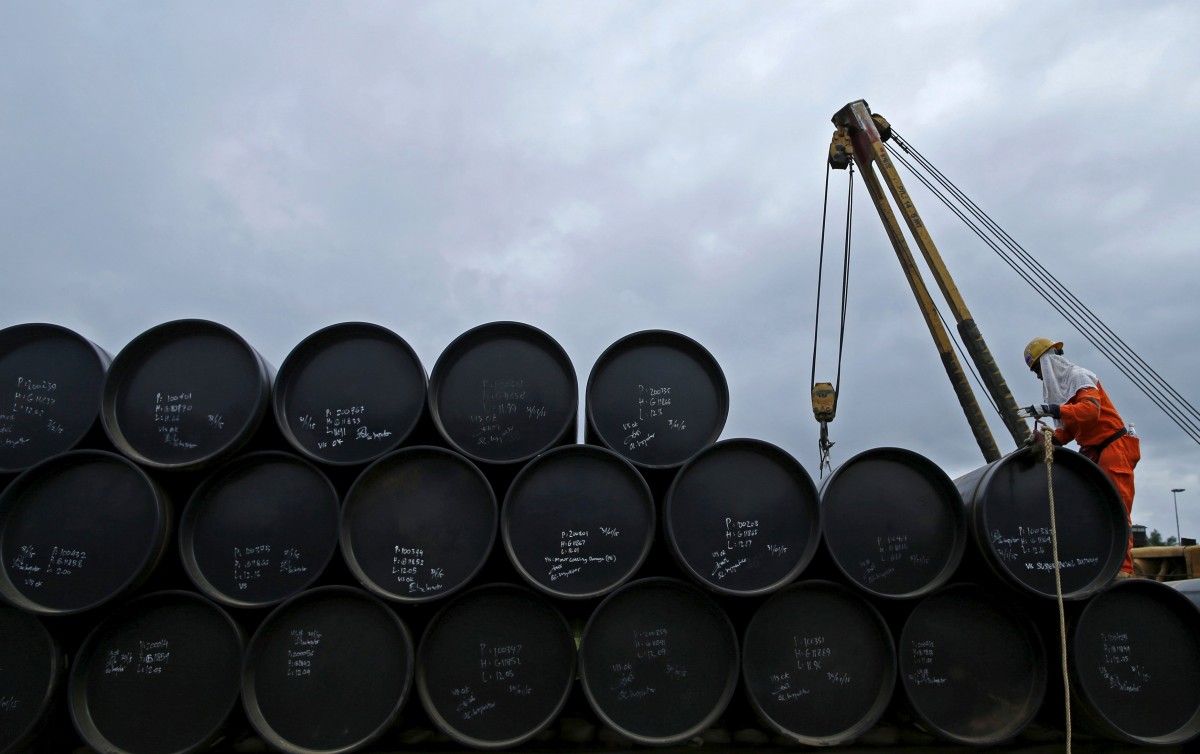
The producer group together with Russia and other non-members agreed to prolong their accord through March, but no new non-OPEC countries will be joining the pact and there was no option set out to continue curbs further into 2018, Bloomberg reported.
The market was unimpressed as prices tumbled more than 5 percent to under $49 a barrel in New York and more than a billion barrels were traded.
Read alsoUkraine's oil giant Ukrnafta forecasts 15% drop in output in 2017Six months after forming an unprecedented coalition of 24 nations and delivering output reductions that exceeded all expectations, resurgent production from U.S. shale fields has meant oil inventories remain well above the level targeted by OPEC. While stockpiles are shrinking, ministers acknowledged the surplus built up during three years of overproduction won't clear until at least the end of 2017. The group is prepared for a long game.
"We've said we'll do whatever is necessary," Saudi Oil Minister Khalid Al-Falih said Thursday after the meeting in Vienna. "That certainly includes extending the nine months further. We'll cross that bridge when we get to it."
Al-Falih said the cuts are working, adding that stockpile reductions will accelerate in the third quarter and inventory levels will come down to the five-year average in the first quarter of next year. While he expects a "healthy return" for U.S. shale, that won't derail OPEC's goals and a nine-month extension will "do the trick," he said.
Nigeria and Libya will remain exempt from making cuts and Iran, which was allowed to increase production under the original accord, retains the same output target, Kuwait's Oil Minister Issam Almarzooq said after the meeting. That deal gave the Islamic Republic room to increase output to a maximum of 3.797 million barrels a day.
The Joint Ministerial Monitoring Committee – composed of six OPEC and non-OPEC nations – will continue watching the market and can recommend further action if needed, said Almarzooq.
The market is already giving the committee plenty to think about. Futures dropped as low as $48.75 a barrel in New York, and were trading down 4.2 percent at $49.20 as of 1:34 p.m.
The Organization of Petroleum Exporting Countries agreed in November to cut output by about 1.2 million barrels a day. Eleven non-members joined the deal in December, bringing the total supply reduction to about 1.8 million. The curbs were intended to last six months from January, but confidence in the deal, which boosted prices as much as 20 percent, waned as inventories remained stubbornly high and U.S. output surged.
The extension prolongs a rare period of collaboration between OPEC and some of its largest rivals, including Russia. The last time both sides worked together was 15 years ago, and the agreement fell apart soon after it began. The current accord encompasses countries that pump roughly 60 percent of the world's oil, but excludes major producers such as the U.S., China, Canada, Norway and Brazil.

